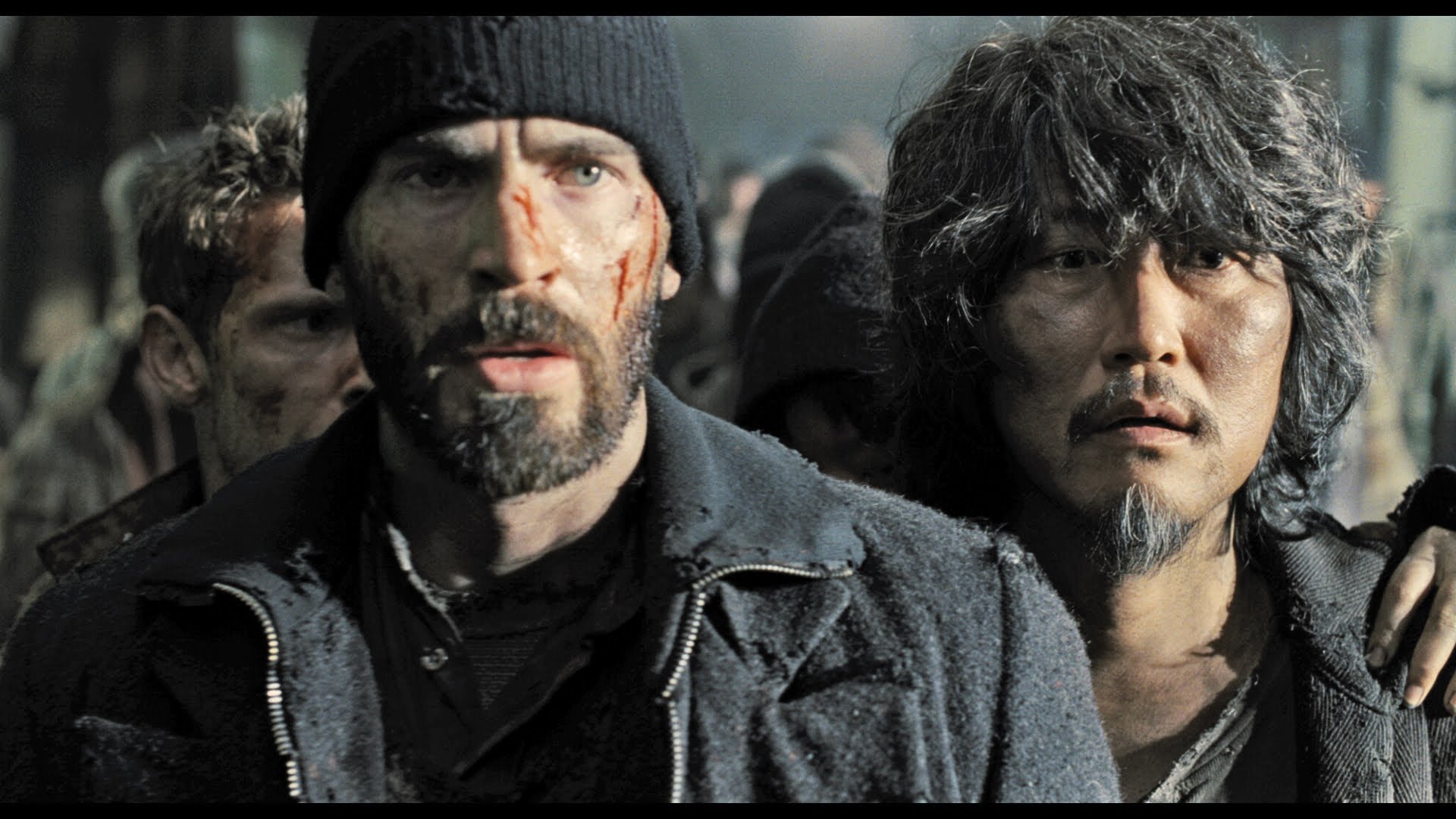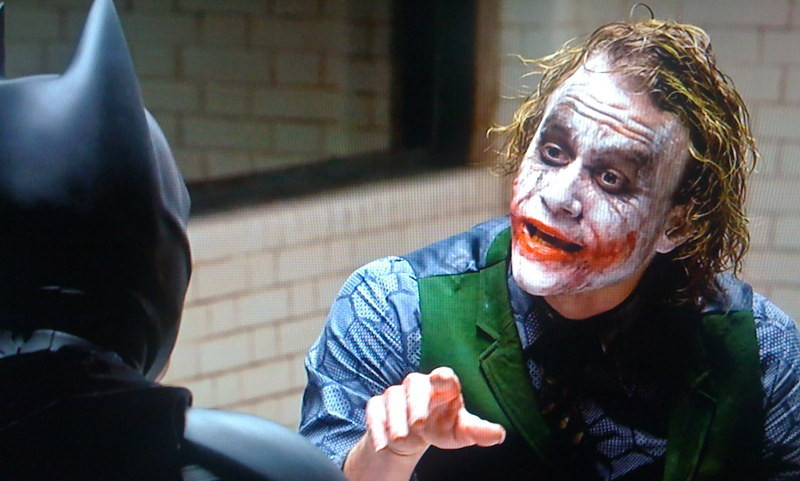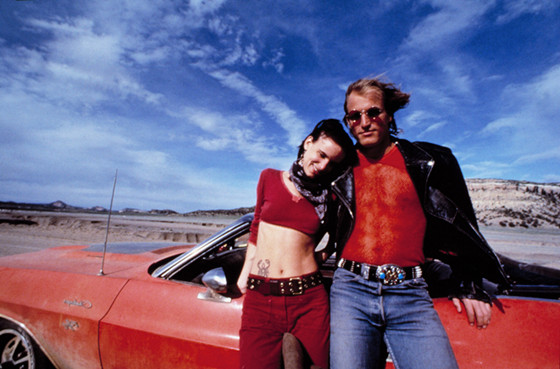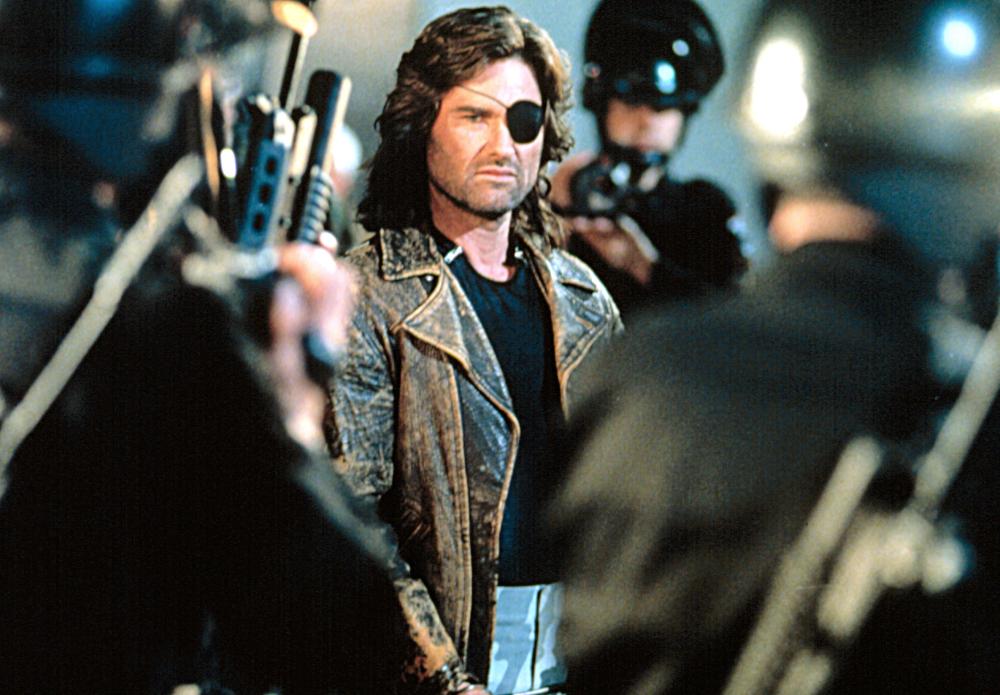4. Snowpiercer: Can we truly escape ourselves?

Reception: In reading the plot of this film, the class warfare allegory seemed apt. The story concerns a future ravished by humanity’s disastrous attempt to push back global warming, which leads to a ravenous ice age that caused the extinction of all animal life – except the human race.
The survivors live in a perpetual motion train, which cannot stop or else the system and the people who depend on it will perish. Those who live in the back of the train live in squalor, and are routinely subjugated by the military force of the elites who live comfortably in the front of the train. In such times, people scream for revolution, and a group of a men lead a revolt and make their way to the front of the train.
Despite the warm reception by critics, its detractors quickly denounced the film for its supposed propaganda against capitalism, as another big-budget project made by Hollywood elites to exorcise their liberal guilt.
A New Light: There are definite parables to history’s seemingly never-ending inequality and inevitable class warfare. The main characters look like communist proletarians revolting against their capitalist overlords who live in abundant wealth. But stating that the film is demonizing the wealthy while lauding the poor is wickedly simplistic.
It naturally comes in handy whenever you want to troll people into vapid political discourse, but it fails to address that the film is actually critiquing humanity in general, rather than its few select elites.
Many people seem to miss that the spiritual guide to the revolution, Gilliam (played by the late great John Hurt), turns out to have been in cahoots with the film’s despot, Willard (Ed Harris). Both of these leaders consider themselves necessary evils, forces to keep the human travelers in check. Gilliam might have sacrificed more than his conspirator; living among the disenfranchised, even feeding them with his limbs during the course of a merciless hunger.
However, the revolution was a doomed prospect to begin with. It had been instigated various times just to depopulate the train so that its ecosystem can continue. This frightening solution could be a valid one among despots and elites (or just those who are desperate enough) when the world becomes increasingly uninhabitable for human population. The threat of global warming is continuously being denied, and its consequences will be felt by following generations.
The revolutionaries of the film have only perpetuated the system rather than having combated it, such is the case with many failed revolutions in our history. In order to create a better world for us and our fellow animals, we need a revolution of the mind rather than physical force. We need to step outside the train and realize the beautiful world we are destroying from the inside. Somehow we need to escape our cyclical history which, if it ever stops, will come at the expensive of our species, and most likely by our own invention.
If we can’t find an escape, and if the only solution seems to be the sacrifice of our innocent – in the film, young children replace the outdated tools of the Snowpiercer – then maybe our survival isn’t really worth it to begin with.
3. The Dark Knight Trilogy: We will always need our heroes

Reception: The potential of both the world of the caped crusader, as well as the superhero genre, might have reached its cinematic peak with Christopher Nolan’s Dark Knight trilogy, just as “Watchmen” was the ultimate peak of the storytelling possibilities of the superhero mythos in general.
This doesn’t mean that filmmakers should abstain from delving into the Batman character or his rogue gallery, as many more interesting stories could be told and have been told through comic book and even videogame form. But it seems unlikely that any new Batman tale will surpass this already classic trilogy.
Even with the rave reviews of each of these films – not to mention the financial gain it brought the executives at Warner Brothers – they have gained some critical backlash; not so much on the merits of its cinematic craft, but on its hidden conservative message.
Just like “Iron Man” is considered by some as an allegory Ayn Rand’s “The Fountainhead”, so Batman’s plight is a conservative one. According to them, “The Dark Knight” has ‘War on Terror’ overtones with the Joker standing in for America’s Islamic foes.
The discussion among the political message surrounding “The Dark Knight” was nothing compared its sequel, “The Dark Knight Rises”. Respectable news outlets brought people to the attention that the film had an overbearingly conservative bias (though bloated loudmouth Rush Limbaugh thought that its villain Bane was a snide against Mitt Romney, because his private equity firm had the same name).
Its commentators pointed out that Bane’s false revolution and his speeches against the wealthy elites mirrored that of Occupy Wall Street. The solution to these ”takers” is receiving a solid beating from a self-made (if you ignore the incredible fortune he inherited) billionaire.
A New Light: Nolan had stated that he was not interested in conveying any sort of political message, so we know for a fact that even if one came through during its creation, it had not been intended by its author(s). However, in order to portray these outlandish characters in a real world setting, referencing real-life events, many of them political, becomes inescapable. These two films do address the problem when it comes to dealing with corruption and terrorism, and sometimes people’s liberties have to be sacrificed in order to qualm such evils – such as Batman’s use of this sonar technology to spy on people in order to stop the Joker.
The fact that people railed against this film’s supposed conservative message is indicative of the time it was released (and not much has changed), and likewise to think that Bane’s troops represent Ayn Rand’s fearful takers is nonsense as well. If such an allegory fits someone’s narrow perspective, then have it.
But one would be also missing the finer points of the film’s plot – the villains of the film are not only Bane, but a corrupt corporate executive who funded Bane’s apocalyptic enterprise in the hope that it will make him the boss of Wayne Enterprises.
The Wall Street executives portrayed in the film refer to trading as “scalping” and they don’t come off as the noble traders from a free market utopia, but as sociopaths benefiting from the merciless capitalistic system – and one could easily imagine Patrick Bateman among them.
The film obviously perils the War on Terror, class warfare, and governmental overreach to combat corruption (in the form of the sinister Dent Act, an important plot device that is often forgotten about). But it’s not political propaganda, nor does it even have a specific preference toward any political dogma. Rich and poor can be just as bad. Warriors for justice can get their hands dirty, even with their best of intentions.
If there’s one idea to which these films prescribe, it’s the importance of organized though deeply flawed order above anarchy. No matter how free you want your society to be, we need enforcers to protect us from agents of chaos and their psychotic social experiments or false revolutionaries. Liberty must always be guarded.
It will never be perfect; our nature would not allow it. There will always be men who can’t be reasoned with and we must always stand up to them, just so we can stop the fire from incinerating us all.
2. Natural Born Killers: The squeegeeing of our third-eyes

Reception: The original script of “Natural Born Killers” was written by the great Quentin Tarantino, who was disappointed that the film’s content differed substantially from his original vision. While some of Tarantino’s penmanship was there on screen, director Oliver Stone subverted the script to such a degree that Tarantino rightly deserved the sole ”story by” credit.
We follow the odyssey of young lovers Mickey and Mallory as they murder their way through the world of Americana. Their journey is portrayed through rapid edits, various color schemes (even black and white), and its soundtrack that switches from classical to punk rock and even rap for a good measure. Inevitably, the film would divide its audience and the more conventional moviegoer would certainly be either put off or offended by it. Which is exactly what happened.
The film has been accused of glamorizing the murderous couple and thereby inspiring copycat killers. On Wikipedia, one can read an entire list of alleged copycat kills associated with this film. Such a stain rarely does wonders for a film’s reputation.
A New Light: As would happen to many works of art, if the viewer cannot see past its scandalous content or associations, its core and even its important message will be lost to them. The original script could have been the basis for a fine thriller, but Stone wanted to tell a different story. This was before he ever made a hapless sequel to “Wall Street”, or the cinematic debacle known as “Savages”. This was when Oliver Stone had something interesting to say.
What he saw around him was the media becoming this malicious entity that thrived on the violence of society so that its main purveyors could be enriched by ratings. The script turned from an interesting Tarantino-esque thriller to a satire about the modern world.
In order to do the subject justice, Stone adapted the material in a way that would reflect the inner psyche of its troubled main characters as well the American zeitgeist at the time. That such monstrous characters would become cult heroes in the eyes of the American people is certainly not a stretch. We adore watching anti-heroes, especially to judge them in order to make ourselves feel better. Exploiting the disturbed or victims of society is not past the media.
If it grants them ratings, then just like the free market, it will do whatever it takes to maintain profits. As long as we keep watching, the media will show whatever we want. In effect, our minds are dumbed down to the lowest denominator; we waste precious neurons on mindless entertainment. As Bill Hicks would so infamously hail, the media is there to squeegee our third-eye, our source for expansive thinking.
The film’s psychedelic style, its portrayal of the character’s subconscious, encourages the viewer to open their individual third-eye just so we can see what’s really going on around us. This is not to instigate conspiracy theories; this is to become aware of the effect our modern culture can have on our psyche.
People were angry at this picture for apparently glorifying killing sprees, inspiring America’s potential mass shooters to go out there and find themselves. Blaming film or music had been a popular thing to do when it came to searching for societal culprits after an incident of terrifying violence.
Recently, we hear less of such rhetoric because this film, along with countless more that are far more perverted and unhinged than this film could ever be, is easily available. Young minds can so easily be subjected to all kinds of cinematic violence that blaming films in general have become pointless.
This film was an easy target. If only more people had squeegeed their third-eyes, maybe the fuss surrounding this film would have been more positive.
1. Escape From L.A.: Welcome to the human race

Reception: After “Escape from New York”, every rational and stable-minded person wanted to see Snake Plissken back on the screen. It took 15 years, but eventually this happened with “Escape from L.A.” The first film was a low-budget affair, but this sequel had the finances of your modern blockbusters. The original director and star returned and all their fans couldn’t wait to see what their favorite anti-hero was up to next…
Unfortunately, the film not only bombed financially but critically as well. Many people were disappointed that the film seemed to have an identical structure, as well as similar characters, as the original. The minor tweaks seemed obligatory and after all these years, they wondered why its filmmakers couldn’t have devised a new plot for Snake to be involved in.
To many, it seemed like the filmmakers played it safe, relying on conventional tropes rather than doing something more challenging. Even in this respect, however, some felt that the film betrayed the tone of the original since “Escape from New York” had a far darker tone than “Escape from L.A.”, which in turn seemed to focus on comedy.
The goofier aspects didn’t sit well with purists and thus the film was rejected by many fans of the original. It seemed destined, like countless others to be one of those sequels with such wasted potential.
A New Light: ”The more things change, the more things stay the same,” hails Snake Plissken before he pushes a button that sets humanity back 500 years, wiping away all achievements of the scientific revolution.
Rightfully, you may say that this action will take the lives of countless people around the globe, but let’s not forget the world Snake is surrounded with; America on the brink of a world war with the rest of the world’s superpowers.
This particular device would give them the edge, but at what cost? America is in the grips of a theocratic despot that will give away power and has pissed on America’s precious constitutional freedoms. Like many despots before him, he was voted in by the people because of the appeal of his Utopian dream; there’s a reason why a major character, the president’s daughter, is named Utopia.
Similar to any Utopia, the destruction of the old world is promised with the emergence of a new one. A new model of superhuman is endorsed, and whichever person can’t adapt to the norm will be cast out – in this case, in the sinful city of Los Angeles.
The failed Utopian dreams are portrayed by its two antagonists – the theocratic president, and a revolutionary that looks suspiciously like Che Guevara. Left or right, both extremes are parodied by these two men, whose dreams have been the source for subjugation of people throughout history.
The brilliance of “Escape from L.A.” is similar to the brilliance of Carpenter’s earlier film “They Live”; a silly genre picture with a profound societal message. This is Carpenter’s amazingly fun rallying cry against the madness that rampaged America (which is still going on, as this film is almost more relevant now than it was then).
Snake is, in true form, the ultimate anti-establishment hero, a disillusioned soldier who has seen his government and the powers that be betray the people and their own ideals countless times. Every time after a crisis, someone comes along with a final solution and the results are all too familiar.
But Snake has the last laugh, covering the world in darkness, forcing humanity to start over again. As the screen turns to black, we hear Snake snickering before he states: ”welcome to the human race.”
Thanks the film’s poor box office results, we might never see Kurt Russell do the eye-patch again. Even so, if this is his swan song, I can’t think of a better way to end it.